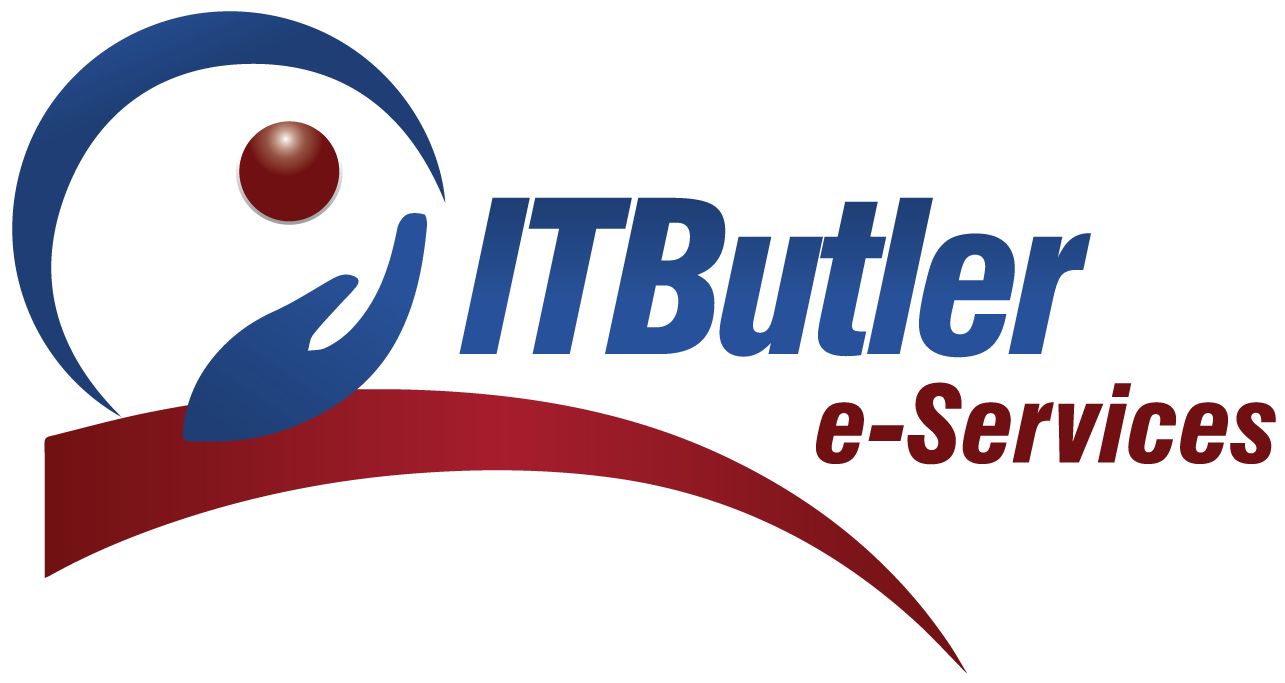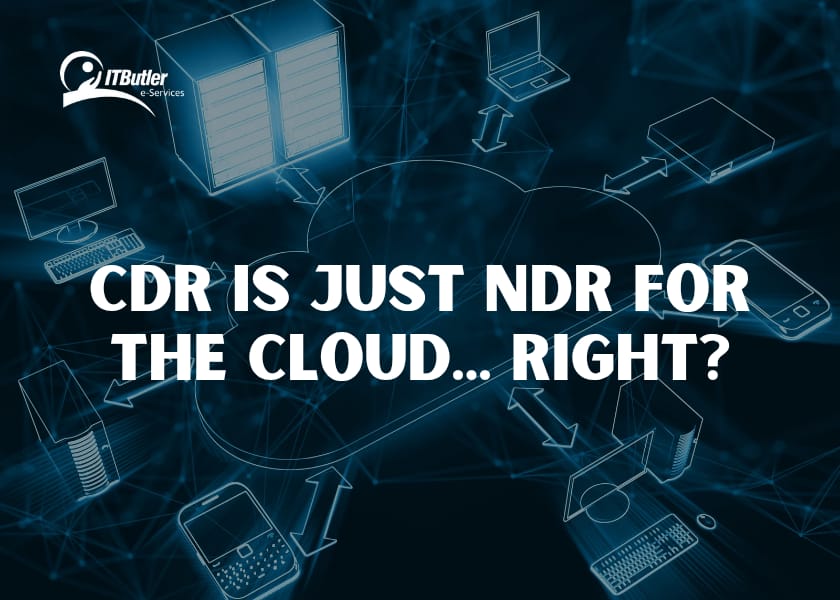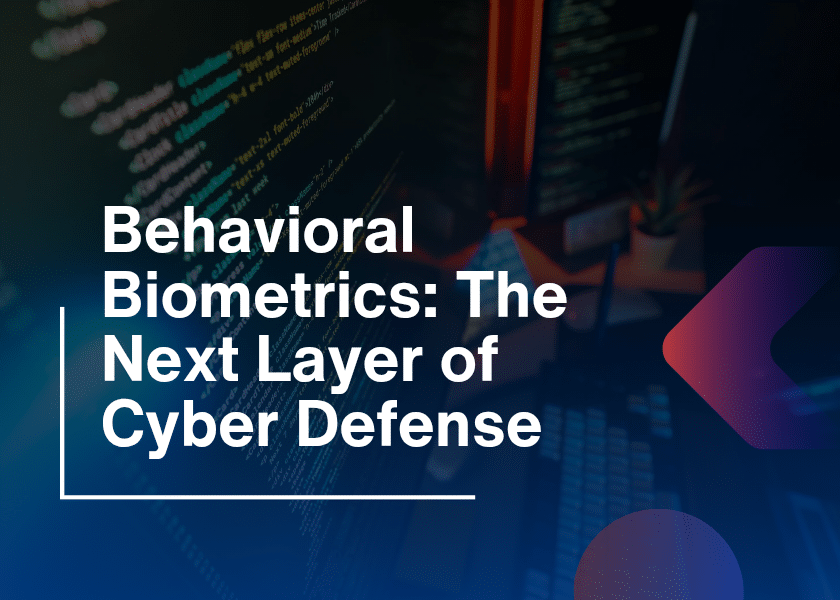Having more and more companies shifting their operations to the cloud, questions on security are pressing. But here’s a common question, is Cloud Detection and Response (CDR) Network Detection and Response (NDR) with a twist for the cloud? However, at first glance, you are likely to think that they are true. Instead, NDR and CDR are aimed at identifying threats within the same environment and then acting upon the results of the identification. Yet the closer one looks certain differences make the one different from the other. As in terms of practices employed and used when undertaking a given task.
This blog post will therefore describe how CDR and NDR are related and elaborate on what each stands Let us look at the specifics of the cloud and network security to better realize what part of each makes it special and how. Moreover, they can work in conjunction.
What is NDR and CDR?
NDR Network Detection and Response is made to operate in traditional networks to detect threats. NDR tools are primarily designed as probes in a network that monitor the traffic, react to anomalies, and prevent the execution of unwanted activity.
Key Features of NDR:
- Traffic Monitoring: NDR tools are always on the watch for such features and patterns in network traffic as well.
- Threat Detection: These tools utilize sophisticated logic and artificial intelligence to track risks that escape conventional firewalls.
- Incident Response: However, NDR systems identify threats, provide further analysis and expertise, and recommend prescriptive measures for addressing them.
NDR best suits companies with on-premise infrastructure since it uses the company’s infrastructure for its operation. Further, it especially covers lateral movement detection, data exfiltration, and internal traffic manipulation. So it is suitable for internal network protection.
CDR in short is a specialization of the concept of DCR that is designed for the protection of cloud computing structures. With businesses relying heavily on SaaS and hybrid cloud models, there has been a need for the development of a cloud-specific security solution.
Key Features of CDR:
Cloud Activity Monitoring: CDR tools watch over users’ behaviors, API communications, and transfers over the cloud.
Behavioral Analysis: Moreover, they look for variations from the norm to recognize possible risks.
Compliance Support: The CDR solutions typically provide tools to address your conformity with regulations regarding the safety of the cloud.
Thus, CDR works in an environment that is characterized by the blurring of network contexts. Unlike other tools which only highlight traffic, it concerns user identities, permissions, and settings.

The Differences of NDR and CDR in Summary
While NDR and CDR share similarities, their differences stem from the environments they operate in and the threats they address.
| Aspect | NDR | NDR |
| Focus Area | On-premises networks | Cloud environments |
| Primary Threats | Internal traffic anomalies, malware | Misconfigurations, account misuse |
| Visibility | Packet-level analysis | API and identity monitoring |
| Deployment | Hardware or software appliances | Cloud-native or SaaS solutions |
Transition Challenge:
Organizations continue to implement hybrid infrastructure, which is a composition of both NDR and CDR. However, when specific aspects of the two environments are overlooked it provides a gap in the security system.
Why CDR is Not Just NDR for the Cloud
1. Cloud-Specific Threats
New risks appear in cloud environments. Some common classifications include the misconfiguration of storage buckets, and public buckets being exposed among others. Whereas NDR aims to detect these problems while analyzing the configuration and permissions CDR stands for.
2. Identity-Centric Security
Thus in the cloud, identity becomes the new perimeter. However, it’s also common for cyber criminals to go for user identities to gain entry to privileged information. CDR reporting and analysis tools tend to be more behavioral in the usage analysis of its users while NDR is more inclined to the device monitoring.
3. API Security
For functionality, cloud ecosystems depend significantly on APIs. CDR tools serve to track all API calls and report or prevent unauthorized access or activity. None of these layers of security are deliverable adequately with conventional NDR solutions.
4. Dynamic Infrastructure
Cloud environments constantly change as resources flexibly scale up or down to match needs. Moreover, CDR is made for such flexibility, and NDR solutions generally are intended for fixed networks.
How NDR and CDR Work Together
It is however important to note that although distinct, NDR and CDR are not two worlds apart. Nevertheless, they can be considered fully coordinated and combined to address security concerns in both traditional and newly emerging models of networking.
Unified Threat Detection
When successfully implemented, NDR and CDR provide end-to-end visibility into the systems. Thus, this lessens the probability of exploitation of the space between the two by the attackers.
Enhanced Threat Response
When implemented in combination, the performance of the two tools is enhanced to produce improved speeds for the responses to incidents. For example, CDR identifies threats in the cloud that can cause responses in the on-premises environment through NDR.
Consistency in Compliance
More often than not, regulatory and compliance needs cut across the cloud and the physical data centers. Integrated compliance means variability is avoided, and companies do not have to worry about fines or damaged reputations.
Implementing CDR and NDR: A Step-by-Step Guide
Step 1: Assess Your Environment
Check where your current infrastructure visibility is weak and where protection might be inadequate. When thinking about software data, reflect on the more predominant business model. So do you store all data in the cloud or are you an on-premises company?
Step 2: Define Your Security Goals
Specify ‘SMART’ goals or targets regarding threat identification, mitigation process, and legal conformity. This should help you decide what tools you and your configurations should use.
Step 3: Choose the Right Solutions
It’s crucial to choose NDR and CDR tools that are compatible with your IT environment. Because computer solutions should be scalable and capable of generating an automatic response.
Step 4: Enable Collaboration
Make sure that the security teams realize what NDR and CDR bring to the table. Encourage unity to fight a common fight.
Step 5: Regularly Update and Test
The threats are dynamic and hence it becomes crucial to equip oneself with new ones in comparatively shorter periods. Open access points of communication sometimes expose the system to new risks, requiring frequent checks to ensure security.
Conclusion
Even though it might be rationalized that CDR is just NDR in the cloud then such a concept tends to make inadequate security measures. The differences between the two are more than just technical details—they reflect the unique challenges and opportunities of securing modern infrastructures.
However, to counter new and emerging security threats, businesses must integrate NDR and CDR approaches to create a unified security system. Organizations must understand the construction of each approach and apply them together effectively. It may implement protections against even the most imaginative types of strikes.






